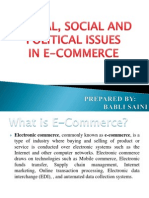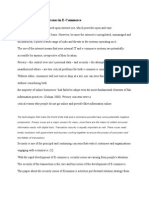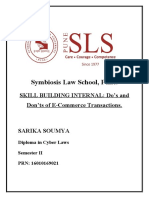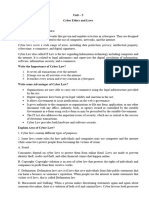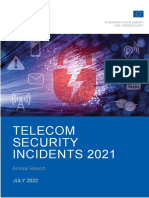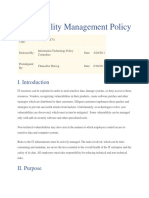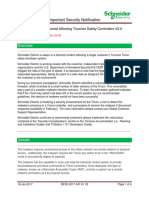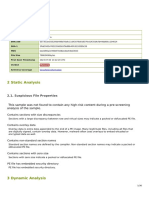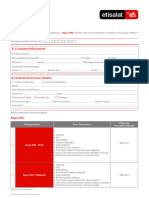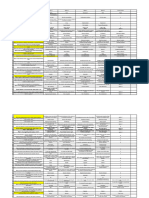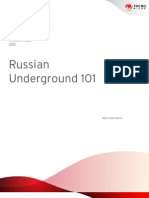0% found this document useful (0 votes)
16 views8 pagesBK From Module 5
The document discusses e-commerce, its legal issues, risks, and cybersecurity measures. It highlights the importance of legal frameworks like the IT Act 2000 in regulating online transactions and protecting user data. Additionally, it covers various types of cyber attacks and the technologies used for securing electronic documents, including digital signatures and firewalls.
Uploaded by
amitstyles30Copyright
© © All Rights Reserved
We take content rights seriously. If you suspect this is your content, claim it here.
Available Formats
Download as PDF, TXT or read online on Scribd
0% found this document useful (0 votes)
16 views8 pagesBK From Module 5
The document discusses e-commerce, its legal issues, risks, and cybersecurity measures. It highlights the importance of legal frameworks like the IT Act 2000 in regulating online transactions and protecting user data. Additionally, it covers various types of cyber attacks and the technologies used for securing electronic documents, including digital signatures and firewalls.
Uploaded by
amitstyles30Copyright
© © All Rights Reserved
We take content rights seriously. If you suspect this is your content, claim it here.
Available Formats
Download as PDF, TXT or read online on Scribd
/ 8




